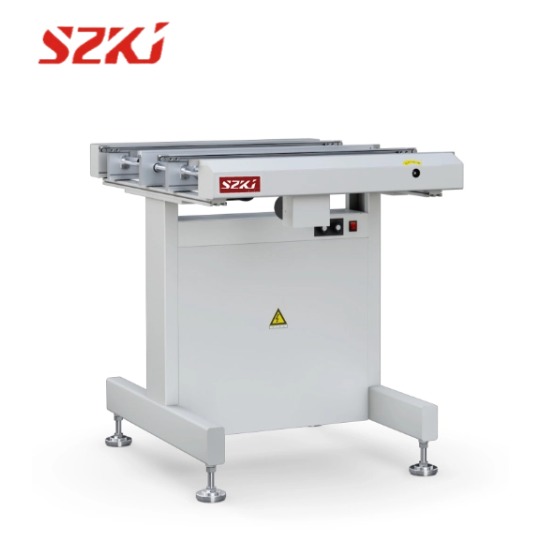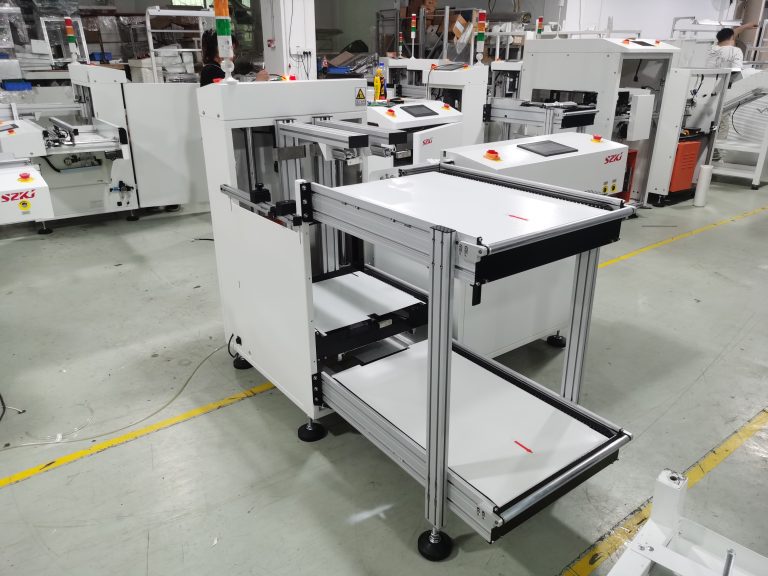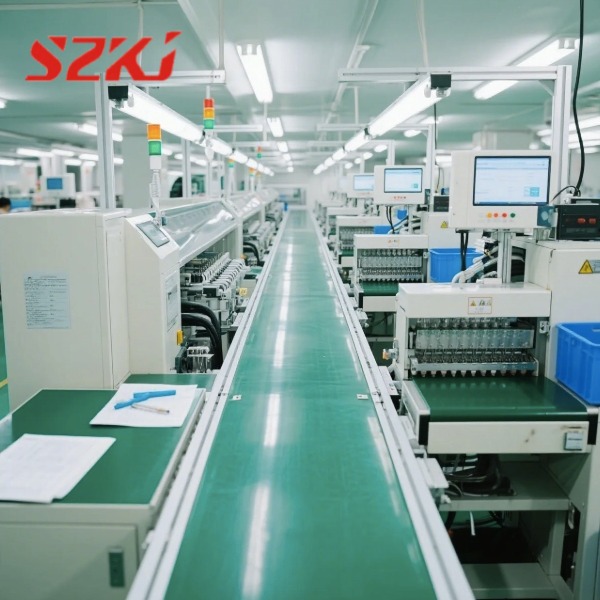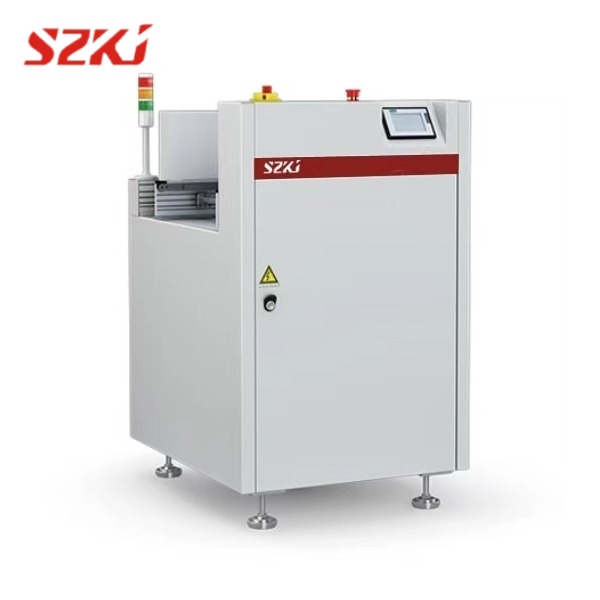The direct placement of Surface-Mount Device (SMD) components onto printed circuit boards (PCBs) is the main reason their popularity has increased so much over the past few years. The existence and ever-presence of these small parts are crucial in the present world of technological gadgets. With the use of SMD parts, the latter are small, efficient electronic devices.
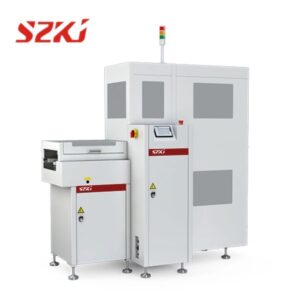
- Resistors
SMD resistors are digital circuits most frequently utilised. The main purpose of these devices is to change or divide the signal or to regulate the current. Different parts come in various sizes and resistance levels, such as digital displays the resistance with a number code.
- Capacitors
SMD capacitors act as temporary electric storage devices to control the excess flow of voltage and power. These are the items used in the circuits of the switching power supplies to provide a smooth power supply in which the voltage and power level are constantly regulated. The types of these, including ceramic, electrolytic, and tantalum, are the most common ones and are barely suitable for application on everyone’s electronics because of their reliable stability, capacitance, and voltage ratings for many years.
- Inductors
Likewise, SMD Inductors are used in filtering and controlling the current flow. They can be found mainly in the circuits of power and radio frequency applications to secure their stability. Comprising inductance values and current limits, these components come in the form of wire-wound, film, and multilayer.
- Diodes
Basically, surface-mount device (SMD) diodes are voltage regulation and direction control components in the circuit systems, which only allow electric charges to pass through in the forward direction. SMD diodes come in various types such as Schottky, standard, and zener diodes. Each one of them is specifically built to satisfy different voltage and current requirements.
- Transistors
The basic SMD parts used in such applications are the transistors used for switching and amplification purposes. They are offered in many forms, including field-effect transistors (FETs) as well as bipolar junction transistors (BJTs), having each of them special characteristics that are suitable for various electronic applications.
- Circuits Integrated (ICs)
SMD parts that are so intricate and thoughtfully called integrated circuits consist of multiple electronic components in a single package, including transistors, diodes, resistors, and capacitors. Their functionalities are numerous because they carry out different electronic tasks such as amplifying a signal, storing memory, and processing. On the other hand, examining the various types of ICs, we come across many types of ICs such as microprocessors, memory chips, and application-specific integrated circuits (ASICs).
- Circuits Integrated (ICs)
SMD parts that are so intricate and thoughtfully called integrated circuits consist of multiple electronic components in a single package, including transistors, diodes, resistors, and capacitors. Their functionalities are numerous because they carry out different electronic tasks such as amplifying a signal, storing memory, and processing. On the other hand, examining the various types of ICs, we come across many types of ICs such as microprocessors, memory chips, and application-specific integrated circuits (ASICs).
- LED
Light Emitting Diodes (LEDs) are used in numerous applications such as displays and indicator lights. The small size, low power consumption, and bright, long life of these SMD components make them stand out and, therefore, are recommended.
- Attachments
SMD connectors are used to bridge the gap between circuit segments, allowing communication between different boards or components. They are made to be concise and functional, thus, they are good for electronic devices, which have a high density.
Conclusively, there is a wide variety of SMD components to choose from that have a specific role in electronic circuit design. In order for engineers and designers to make the best use of their applications and to achieve the desired functionality, it is very important for them to know the names and functions of these SMD components. Advanced technology and the ongoing progress of SMD components are crucial for the betterment and miniaturization of electronic devices, thereby enhancing their functionality and productivity as never before.

